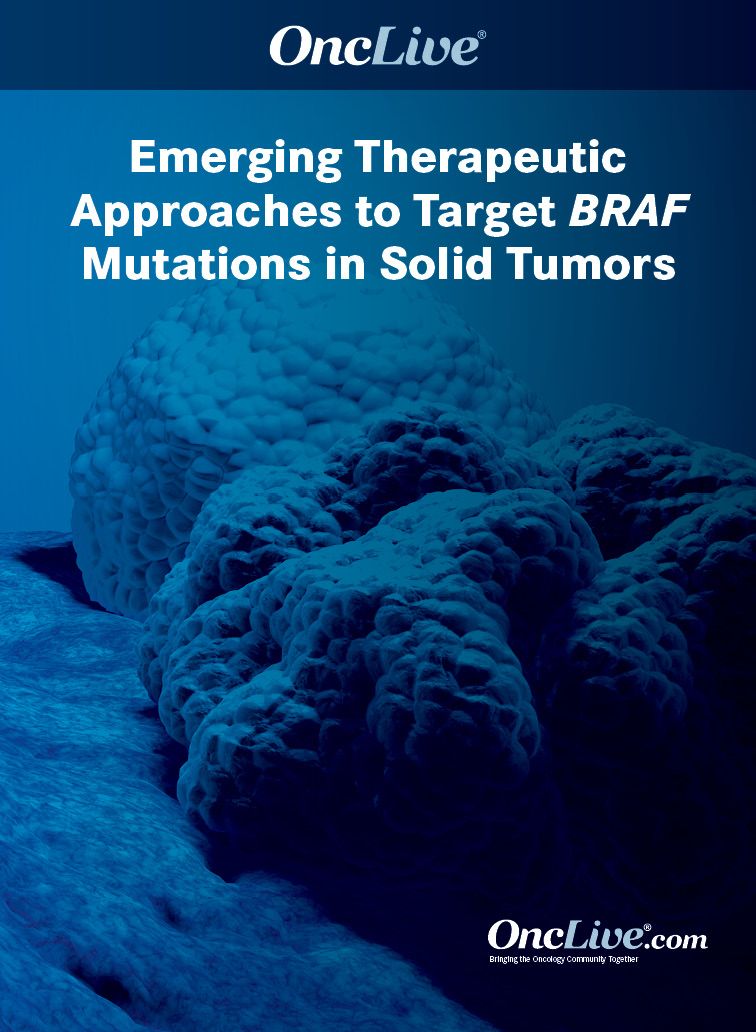Publication
Video
Supplements and Featured Publications
Dr. Kato on the Characterization of BRAF Mutations in Oncology
Author(s):
Shumei Kato, MD, discusses the characterization of BRAF mutations in oncology.
Shumei Kato, MD, medical oncologist, assistant professor of medicine, University of California San Diego Health, discusses the characterization of BRAF mutations in oncology.
BRAF mutations have been classified into 3 different classes, Kato says. Class I mutations comprise more typical alterations that were initially targeted among patients with melanoma; however, they are now seen more often in different tumor types, such as lung and colon cancers, Kato explains. Moreover, it is thought that class I mutations are nowmore targetable with BRAF or MEK inhibitors, Kato says. However, patients with colon cancer also require EGFR inhibitors, Kato adds.
The more often that next-generation sequencing is done, the more frequently atypical, class II and III BRAF mutations will be identified, Kato continues. Overall, class II BRAF mutations can lead to the increased dimerization of BRAF, leading to downstream MEK/ERK signaling and cancer progression. Additionally, class III mutations are inactivated, so they are theoretically not ideal targets for BRAF inhibitors, Kato concludes.










